iPhone XR: Still Worth Buying? Everything We Know
Face ID, introduced in 2017 with the iPhone X, is the biometric authentication system used in the iPhone XR, which features a notch housing the TrueDepth camera system that enables Face ID.
Face ID performs the same role as Touch ID, except it uses a facial scan instead of a fingerprint, and Face ID in the iPhone XR is identical to Face ID in the iPhone X with the exception of speed improvements. With the new A12 Bionic chip and Neural Engine improvements, Face ID is able to detect your face and unlock your device faster than before.

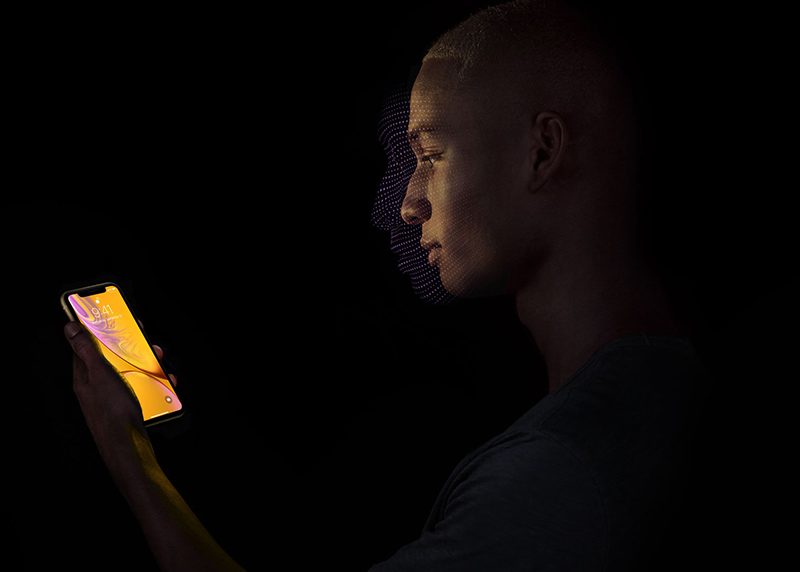
Face ID is used across the iOS operating system for tasks like unlocking your iPhone, allowing access to third-party passcode-protected apps, confirming purchases in iTunes and the App Store, and authenticating Apple Pay payments.
Face ID works through a set of sensors and cameras built into the front of the iPhone XR, called the TrueDepth Camera system. To create a facial scan, a Dot Projector projects more than 30,000 invisible infrared dots onto your face, which are then read by an infrared camera.

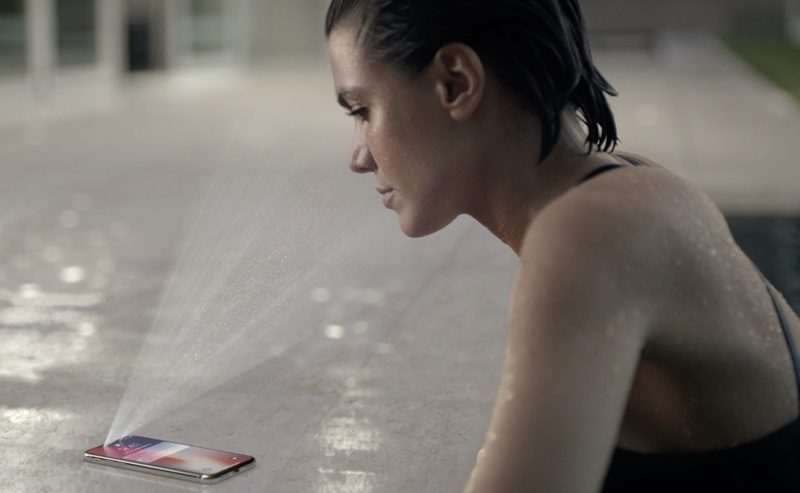
This depth map of your face is then relayed to the A12 Bionic processor where it is transformed into a mathematical model that the iPhone uses to make sure it’s you attempting to access your iPhone.
Face ID uses infrared, so it works in low light and in the dark, with a built-in Flood Illuminator making sure there’s always adequate light to take a facial scan. Face ID works with hats, beards, glasses, sunglasses, scarves, makeup and all other accessories and items that might partially obscure a face, but it does need to see your eyes, nose, and mouth to work.

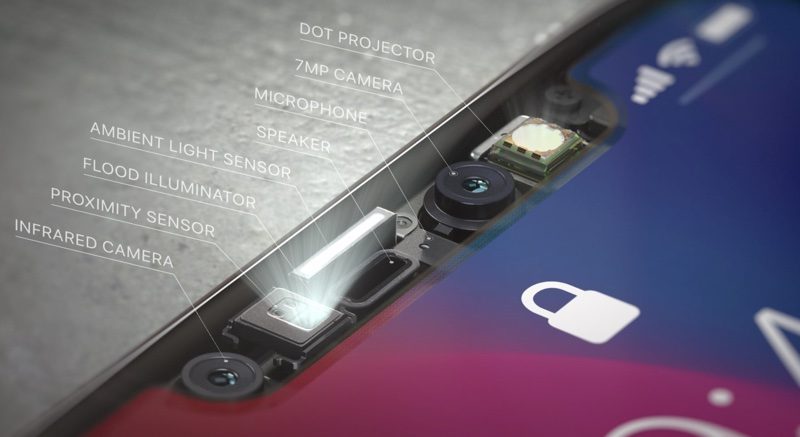
The A12 Bionic chip with built-in Neural Engine means that Face ID can adjust to minor facial changes over time, so if you grow your hair longer or grow a beard, Face ID w adjusts and continue to unlock your iPhone. In iOS 12, there is an option to add an alternate appearance if your face changes drastically during the day due to sunglasses, scarves, or other accessories.
Face ID Security and Privacy
Face ID uses a detailed 3D facial scan that’s unable to be fooled by a photo, mask, or other facial imitation. An “Attention Aware” security feature allows Face ID to unlock your device only when you look in the direction of the iPhone XR with your eyes open, so it does not work when your eyes are closed, when you’re sleeping, when you’re unconscious, or when you’re looking away from your phone.
Attention aware is optional and there is an accessibility feature to turn it off for those who are unable to focus on the iPhone’s screen, but most people should leave it turned on for the added layer of security.
With the attention aware feature, the iPhone XR knows when you’re looking at it. Face ID displays notifications and messages on the Lock screen when you look at the iPhone XR, it keeps the screen lit, and it automatically lowers the volume of an alarm or ringer when it knows your attention is on the iPhone XR’s display.

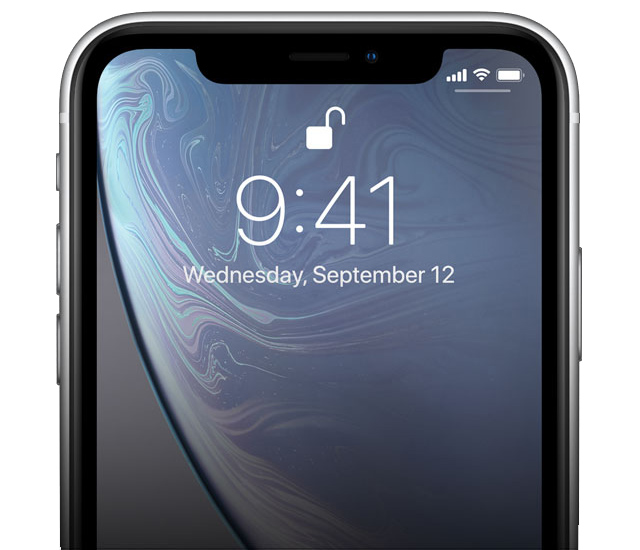
If a thief demands your iPhone, Face ID can be disabled quickly and discretely by pressing on the side button and the volume button at the same time. Do this before handing your phone over, and a thief won’t be able to scan your face. Face ID also turns off after two failed facial recognition attempts and a passcode needs to be entered for it to be turned back on.
Face ID data is encrypted and stored in the Secure Enclave on the iPhone XR. Apple can’t access your Face ID data, nor can anyone who has your phone. Authentication happens entirely on your device, with no Face ID data ever stored in the cloud or uploaded to Apple. Third-party developers do not have access to the facial map that Face ID uses to unlock a device, but the TrueDepth camera can be used to scan a user’s face for the purpose of creating more realistic augmented reality apps.
With Face ID, there’s a 1 in 1,000,000 chance that someone else’s face can fool Face ID, but the error rate increases to 1 in 1 in 500,000 with an alternate appearance registered in iOS 12. Face ID has been fooled by identical twins, children, and a carefully crafted mask, but it’s still secure enough that the average person does not need to worry about their iPhone being unlocked by someone else.
TrueDepth Camera Specs
The TrueDepth Camera, in addition to powering Face ID with the infrared additions, is also a standard 7-megapixel front-facing camera that can be used for selfies and FaceTime calls. As of iOS 14.2, FaceTime calls are streamed in 1080p over WiFi connections.

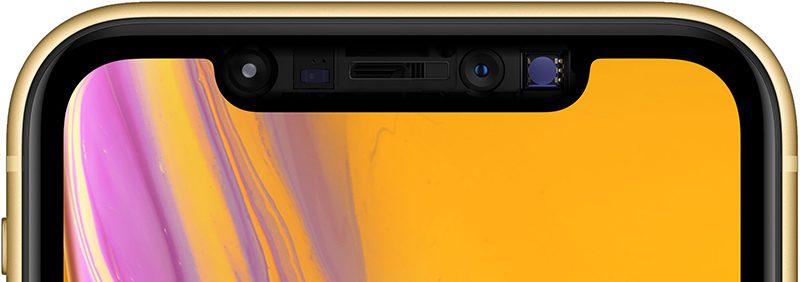
The front-facing camera in the iPhone XR supports several new features, including Smart HDR for portraits that capture more detail in shadows and highlights and a new Depth Control feature that lets you adjust the amount of blur in a front-facing Portrait Mode image after it’s captured, or, as of iOS 12.1, when composing an image in real-time.
As with the iPhone X, wide color and Portrait Lighting features are available so you can adjust the lighting in your photos. There is, however, improved bokeh for better DSLR-style blurring in your images.
The TrueDepth camera can be used to capture 1080p HD video at 30 or 60 frames per second.
Animoji and Memoji
The TrueDepth Camera System supports two features called “Animoji” and “Memoji,” which are animated, 3D emoji characters that you control with your face. Animoji are emoji-style animals, while Memoji, introduced in iOS 12, are customizable, personalized avatars that you can create.
To enable Animoji and Memoji, the TrueDepth camera analyzes more than 50 muscle movements in different areas of the face, detecting movement of the eyebrows, cheeks, chin, eyes, jaw, lips, eyes, and mouth.

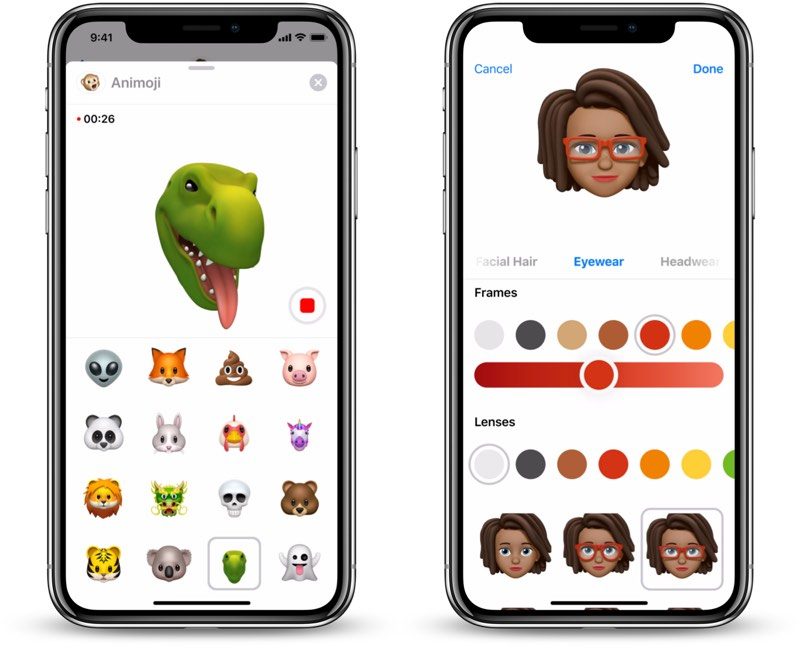
All of your facial movements are translated to the Animoji/Memoji characters, letting them reflect your expression and emotion. Animoji and Memoji can be shared with friends and used in the Messages and FaceTime apps.
There are more than a dozen different Animoji to choose from, modeled after existing emoji characters: monkey, robot, cat, dog, alien, fox, poop, pig, panda, rabbit, chicken, unicorn, lion, dragon, skull, bear, tiger, koala, t-rex, and ghost. There are an unlimited number of Memoji that can be created to look like you and other people.






